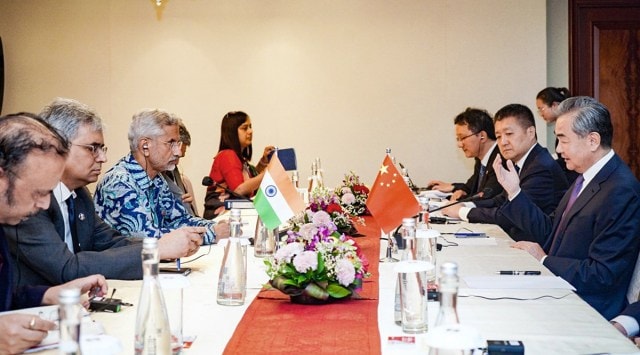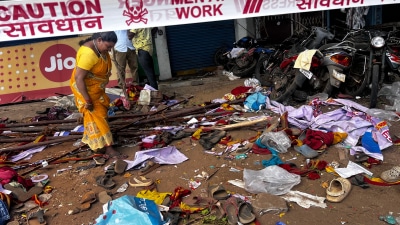With about a week to go before Prime Minister Narendra Modi will be face-to-face with Chinese President Xi Jinping in South Africa for the BRICS leaders’ summit, India and China will hold their 19th round of military talks Monday as part of continuing efforts to ease the standoff along the Line of Actual Control in eastern Ladakh which is in its fourth year now, officials said Saturday.
The Indian delegation will be led by 14 Corps Commander Lt Gen Rashim Bali. The last round of talks was held on April 23 ahead of the Shanghai Cooperation Organisation (SCO) Defence Ministers’ meeting. Legacy friction points along the LAC in eastern Ladakh and ways to overcome the trust deficit between the two militaries were discussed.

Officials told The Indian Express that confidence-building measures, ensuring adherence to border protocols, sharing of patrol information to avoid clashes between troops and ensuring adequate communication between the ground troops —along the LAC and at buffer zones — would be discussed.
Story continues below this ad
The fact that the talks are being held after almost four months — and weeks after Indian and Chinese Foreign Ministers and National Security Advisors have had meetings — signals a sense of urgency.
Chinese President Xi is also scheduled to visit India for the G20 summit on September 9 and 10 this year. This also provides a window of opportunity to move forward on the border standoff.
Indeed, in 2017, when Indian and Chinese troops were in a border standoff at Doklam, the two sides had broken the two-and-half-month-old deadlock days before Modi and Xi were scheduled to meet for the BRICS summit in Xiamen (China).
External Affairs Minister S Jaishankar and NSA Ajit Doval have already met Chinese Foreign minister Wang Yi, who replaced Qin Gang last month.
Story continues below this ad
Wang has negotiated past standoffs with India — from Chumar to Doklam, and has been the key interlocutor for India-China diplomatic ministerial level talks on the border standoff this time since 2020 as well.
New Delhi had upped the ante in July when Doval told Wang that the situation along the LAC since 2020 had “eroded strategic trust and the public and political basis of the relationship”.
But in the last week of July, seven months after Modi met Xi at the G20 summit in Bali last November in their first in-person meeting in public view since the standoff began in May 2020, India had confirmed, for the first time, that the two leaders had spoken about the “need to stabilize the bilateral relations”.
ExplainedSense of urgency
In 2017, the two sides had broken the Doklam deadlock days before Modi and Xi were scheduled to meet for BRICS. This time, too, the G20 has given Monday’s talks a sense of urgency.
In November, while there was no substantive readout on their conversation, Indian officials had said the “Prime Minister and President Xi Jinping, who were both attending the G20 dinner hosted by the Indonesian President, exchanged courtesies at the conclusion of the dinner”.
Story continues below this ad
After Doval met top Wang in South Africa on the sidelines of the BRICS NSAs’ meeting in July, the Chinese Foreign ministry mentioned the “important consensus” between Xi and Modi at the Bali summit.
Since Bali, ministers and officials from both sides have met several times but there has been no resolution in sight to the standoff that began in May 2020.
Following extensive diplomatic and military discussions, the two sides have managed to complete disengagement in some areas but 50,000-60,000 troops remain deployed on both sides of the India-China border.
In September last year, both sides pulled back troops to disengage from Patrolling Point-15 in the Gogra-Hot Springs area of Eastern Ladakh, marking a step forward. Friction points such as Galwan Valley, north and south banks of Pangong Tso and the Gogra-Hot Springs area, have seen some resolution with the creation of buffer zones.









